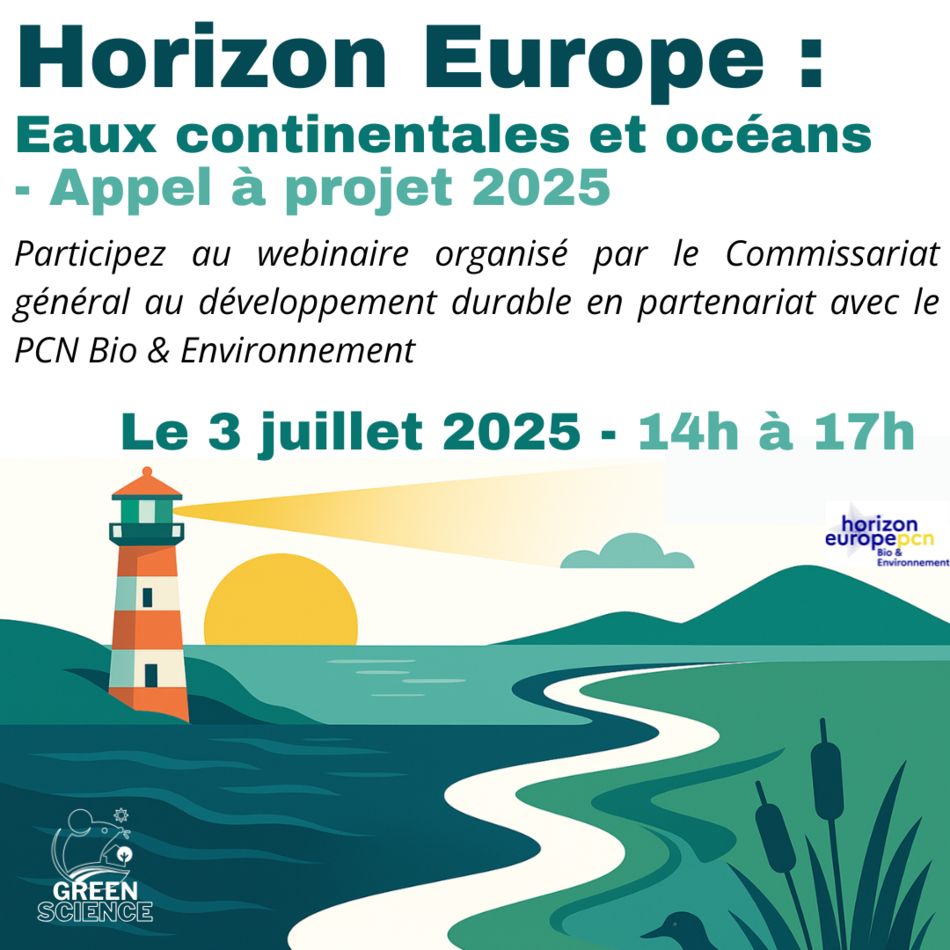Expected Outcome:
In supporting the implementation of the Green Deal, the EU 2030 biodiversity strategy and the Birds and Habitats Directives, successful proposals will contribute to increasing and transferring local taxonomic knowledge, innovation and expertise across Europe, in particular for endangered species and other relevant groups of species, to better understand and address biodiversity decline, its main direct drivers and their interrelations.
Successful proposals must address all the following outcomes:
- Increased local taxonomic knowledge and expertise across Europe, in particular for endangered species and other species groups of particular interest, through a network of expert trainers.
- National reference collections for pollinators (bee, butterfly, moth and hoverfly specimens).
- Better taxonomic research capacity and reinforced digital networking, in particular near biodiversity hotspots and for protected areas, and access to materials, resources, advice, and professional expertise and infrastructures from museums and other taxonomic facilities, such as botanical gardens, herbaria, natural history collections, and biodiversity research centres.
- New taxonomy methods and technologies are put to use and tested in situ, in particular, generation of reference datasets linking DNA data and voucher specimens, and identification methodologies and digital applications, including 2D and 3D specimen digitalization. Knowledge and tools are generated and shared among central and local taxonomy nodes in the network, as well as with citizen scientists and end-users worldwide.
- Strategic opportunities to promote integrative taxonomy in professional careers and academic curricula are identified. Pilot actions to address the current shortage of taxonomists are initiated.
Scope:
Professional taxonomists are highly specialised and skilled experts, traditionally working in academia or curating collections in natural history museums, herbaria, botanical garden or biobanks. European collections hold and document 80% of the worlds’ described biodiversity. Today, this expertise is increasingly required by decision-makers at local and regional levels to plan and implement conservation efforts, establish protected areas, combat invasive species, sustainably manage forests, fields and seas, and many other aspects of ecological, economic and societal importance. There are millions of species still undescribed and there are far too few taxonomists to do the job: global biodiversity is being lost at an unprecedented rate because of human activities, and, paradoxically, many species are disappearing at the same rate to the decline of the number of experts who are able to document that disappearance.
EU Member States and associated countries, often lack permanent taxonomic capacity in the field, in particular near biodiversity hotspots and protected areas. They could greatly benefit from professional expertise, networking and infrastructures from natural history museums and other taxonomic facilities, such as botanical gardens or biobanks, and centres integrating new genome- and image-based technologies to advance taxonomy, contributing at the same time with adequate in situ conservation monitoring, data and samples.
Building on expert findings and recommendations, the taxonomic network should develop a plan to strengthen taxonomic expertise in Europe, promote taxonomy and its applications in official curricula and businesses, and develop plans for international cooperation. Expert taxonomy trainers across Europe[1] should train a network of ‘followers’, by creating simple-to-use identification guides and methodologies, training programmes, online tools and activities adapted to local needs and resources (by area and by taxa of particular importance, such as endemic, locally-threatened species, those in the Red List, or intra-specific diversity). The strategy of promoting integrative taxonomy should also account of the publication gap in taxonomic journals, discouraging specialists in academic competitions. For example, strategies should encourage the engagement of taxonomists in wide ecological research projects, and identify relevant opportunities in the private sector, securing their career development. The project should also lead with guidance, resources and expertise to establish or improve national reference collections for pollinators in all European countries (bee, butterfly, moth, and hoverfly and beetle specimens), as well as for soil fauna (mites, springtails, woodlices, millipedes and earthworms) and freshwater taxa including invasive alien species in all European countries. This should be carried out in collaboration with projects resulting from topic HORIZON-CL6-2021-BIODIV-01-02: ‘Data and technologies for the inventory, fast identification and monitoring of endangered wildlife and other species groups’.
The network should also support, guide and supervise the establishment of adequate facilities in a pilot number of local nodes (such as wet labs, connected computer data nodes and remote communications). For this purpose, proposals can include financial support to third parties in the form of grants. A maximum of EUR 200 000 per third party could be granted. The consortium need to define the selection process of organisations, for which financial support will be granted. A maximum of 30% of the EU funding can be allocated to this purpose.
Successful proposals should also promote the effective development of European infrastructures, such as LifeWatch ERIC, the future DiSSCo’s digitalised collections, or eLTER, and application of advanced taxonomic technologies (such as eDNA, genomics, AI).
The action should also seek to involve amateur taxonomists, reach for citizen scientists with tools and networks, produce/update a strategic mapping and agenda for taxonomic expertise in Europe, and identify gaps and needs for future actions. Gender aspects should be addressed both in amateur and professional taxonomy communities and the biogeographical approach needs to be taken into account.
[1] Such as the members of the Consortium of European Taxonomic Facilities (CETAF): https://cetaf.org/





